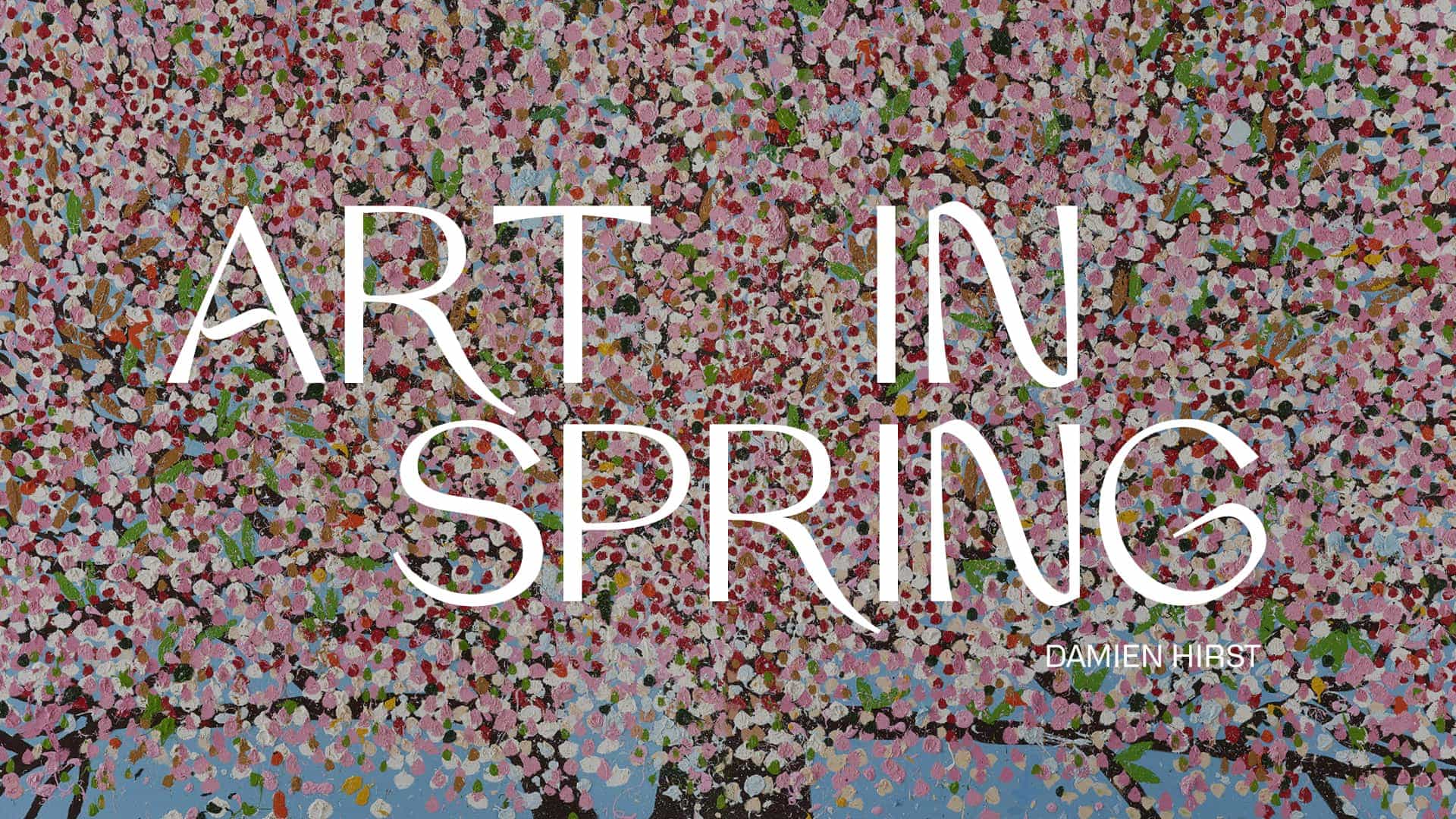

After hours and hours inside, listening to the Covid-19 news cycle, running up against writer’s block and speaking to family members far away on the other side of the country, I wish I could say it was a meditation that cured my cabin fever — or learning a language, or cooking an ambitious meal. But it was the simple sight of cherry blossom trees lining an avenue in Regent’s Park, during an hour outdoors, which set me straight and showed me the extent of my luck.
It was the simple sight of cherry blossom trees lining an avenue in Regent’s Park which set me straight and showed me the extent of my luck.
Confetti-like blossom brings with it a sense of rebirth and celebration, and in ‘Almond Blossom’ (1890), Vincent Van Gogh conceived of the perfect gift for his newborn nephew and namesake. Set against a background of longing turquoise, the white flowers vibrate somewhere between urgency and serenity. Bold outlines, and the positioning of the branches in the picture plane — the absence of perspective or horizon — capture a world simplified by vivid colour and the brilliance of light.
ArrayAlmond Blossom, Vincent Van Gogh, 1890
Van Gogh borrowed these techniques from the Japanese woodblock tradition, and you only have to look to Utagawa Hiroshige’s plum orchard prints to trace a direct lineage. Spring flower viewing has been a part of Japanese culture for centuries. An enduring metaphor for the transience of life, cherry blossoms embody the Japanese term mono no aware, used frequently in the Edo period — literally ‘the pathos of things’.
Whether celebratory metaphors for rebirth or wistful images of impermanence, blossom is so loaded with meaning it can be difficult to discuss sincerely. Last year, Damien Hirst unveiled a series of ‘Cherry Blossom’ paintings which bemoan the cheapness of their often depicted subject matter even as they erupt with cheerful colour. These paintings fizz across large canvases in knowing, neo-Impressionist daubs — like the sparkling phosphenes that appear when you squeeze and rub your eyes. ‘[These paintings] feel like they’re celebrations of avoiding something,’ Hirst told the Art Newspaper in 2019. Perhaps they are celebrations of irony itself.

Chiyo Promontory at Meguro in the Eastern Capital, Hiroshige Utagawa, 1852
Continuing in his vein of gleeful irreverence, Hirst added on Instagram, ‘There’s something dumb about the beauty of cherry blossom.’ It’s difficult to know how to read that. ’Dumb’ because clichéd? Or dumb, as in confounding, that so much joy can be continually taken from such a simple thing? In contrast with Hirst’s series, George Shaw’s ‘Scenes from the Passion: The Blossomiest Blossom’ (2001) makes the superlative claim of its title with utmost sincerity: dumb or beautiful, trivial or transcendent, it doesn’t really matter — or rather, the painting is all those things at once. Shaw’s tree is dazzlingly bright and glaringly dull, standing against a head-height, red-brick wall in a suburban garden and casting a complex shadow on the side of a semi-detached house.


There’s something sad and nostalgic about the house’s drawn lace-curtains, the uncared-for, faded yellow and umber paint job. Yet these drab features are articulated with the utmost care, in photo-realist detail. Humbrol Airfix enamel paint, with which Shaw painted model airplanes as a child — the material’s intended use — gives its surface a strange sheen.
While the title ‘Scenes from the Passion’ references the Stations of the Cross, the suffering and death of Christ, Shaw paints the margins of the Tile Hill estate – where he grew up – from memory as well as literal snapshots. Instead of extreme suffering, we encounter the melodrama of quiet nostalgia; but the implication is that we all fail and triumph – and for most of us, those formative moments won’t be taking place in glorified, idyllic landscapes but in spaces far more mundane and sedate. From a child or teenager’s perspective — the view of someone who has never left the estate — this might well be the whitest, frothiest blossom they have ever seen.
ArrayHaving stripped away the symbolic overdetermination of blossom, through forensically observed normality, lightness and hopefulness radiate from the pink and white flowers despite – or perhaps because of — their setting. Here, too, and similarly somewhat unexpected, is that sense of mono no aware: pathos or mourning, for those thousands upon thousands of utterly ordinary moments long forgotten. Sights that seemed profound, transcendent even, if only for half a second; certainly not long enough to commit them to memory. Unless you’re George Shaw, that is.
One minute, spring burns bright with quasi-religious vitality. The next, you are looking at plain old cherry blossom again, and the scrappy blue sky is unmoving and washed out. Life is more trivial than ever. Even the whitest, foamiest, brightest, blossomiest beauty is fleeting; so too is the humdrum and the heavy drag of boredom. But in both cases, the nowness of the world is what’s worth celebrating.


